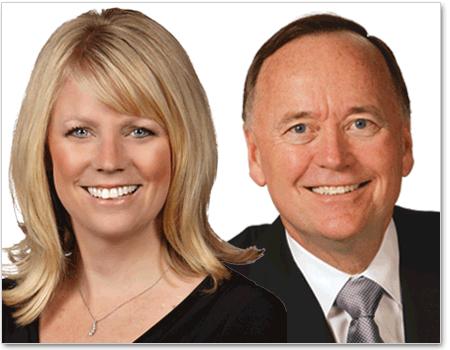Mathematics at Work™: Creating a College- and Career-Ready Culture for All Students Webinar
October 9, 2014 | 3:00 p.m. ET
Presented by Timothy D. Kanold and Mona Toncheff

Ten years ago, 60% of incoming freshmen at Phoenix Union High School District were placed in below grade-level (college preparatory) mathematics courses, while access to upper-level honors courses were for a select few (less than 15%). The district also lacked intervention and access structures necessary to support students in junior- and senior-level mathematics courses at most schools. Determined to realize a new vision of “preparing every student for mathematics success in college, career, and life,” Phoenix Union worked with Dr. Timothy D. Kanold (of nationally recognized Adlai E. Stevenson High School fame) and the Mathematics at Work™ team to support mathematics teachers to collaboratively create and implement a professional learning community around a set of actions that significantly improve student performance.
The mantra soon changed from “Only a few will be college and career ready” to “What support can we provide one another so that all students are college and career ready?” From 2003 to 2013, ninth-grade students enrolled in below grade-level mathematics fell from 60% to 2%. Ninth-grade students enrolled in geometry and higher-level mathematics courses nearly doubled during that time.
Hear this powerful success story from Dr. Kanold and co-author Ms. Mona Toncheff, mathematics content specialist at Phoenix Union in Arizona. Learn how you can implement the same high-leverage collaborative team actions and practices in your district and sustain a school and classroom culture that supports success in mathematics for every student.
Phoenix Union High School District is one of the largest high school districts in the country, with 16 schools, over 27,000 students, and nearly 3,000 employees. Phoenix Union covers 220 square miles of Arizona’s capital city. The district has 11 comprehensive high schools, two specialty small schools, and three alternative schools.
